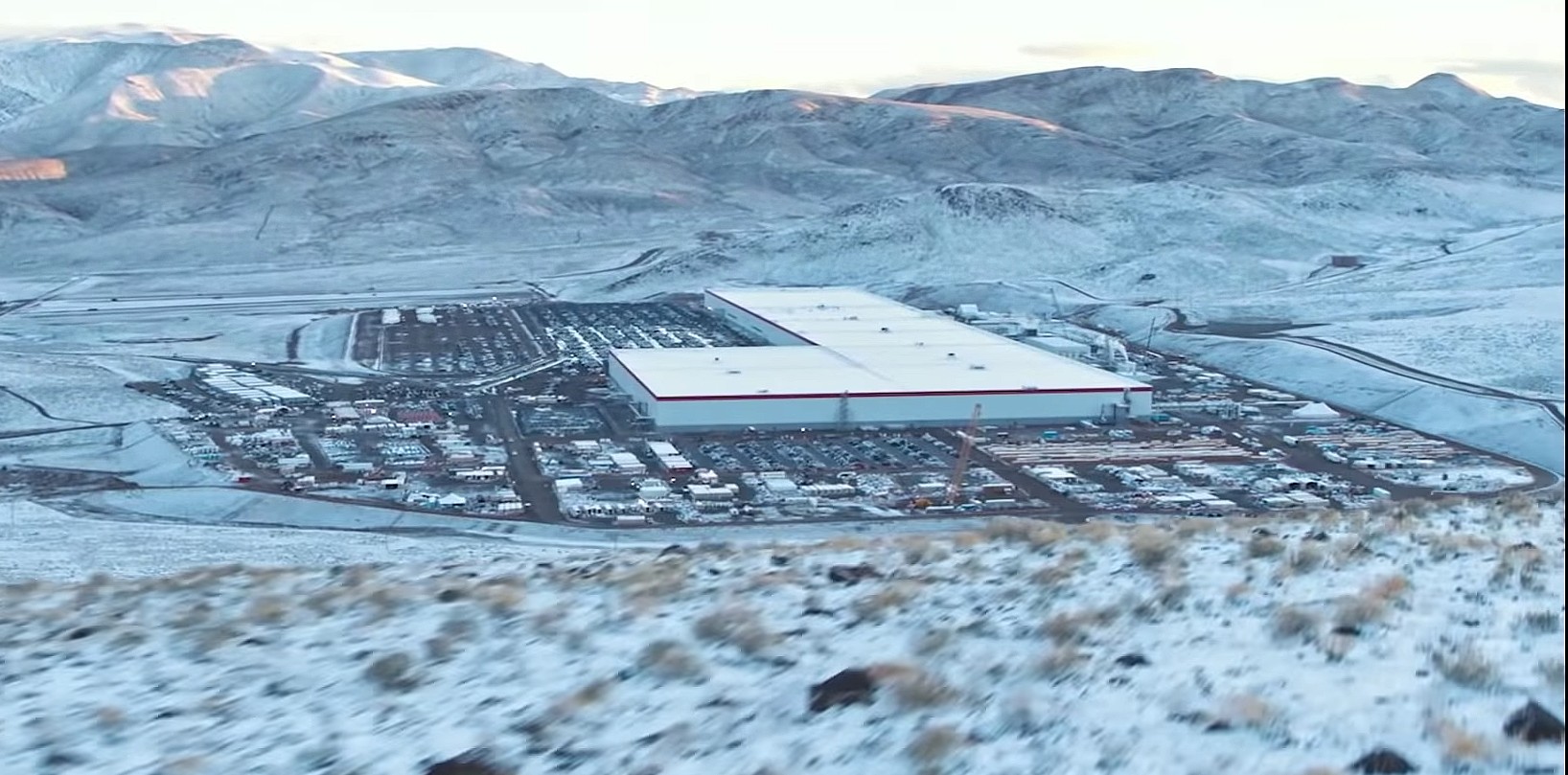
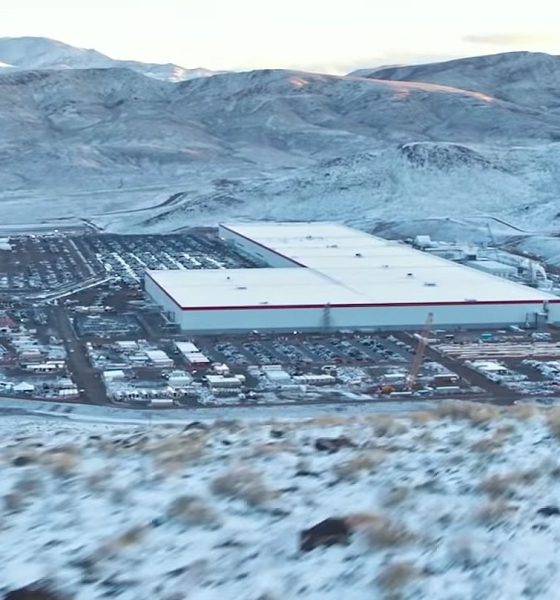
News
Panasonic finds itself in need of some Tesla-style boldness as it enters its next era
Tesla’s oldest battery partner, Panasonic, is finding itself at a crossroads once more. With Chief Executive Kazuhiro Tsuga poised to step down next June, the massive Japanese conglomerate is feeling some pressure to optimize and streamline itself. To accomplish this, Panasonic may need to channel one of its key battery partners, Tesla, and its CEO, Elon Musk, to make the bold decisions needed to thrive in a new era.
When Tsuga took Panasonic’s reins eight years ago, he stated that his first priority would be to return the massive conglomerate into a profitable “normal company.” He did not disappoint. Tsuga stemmed a record loss by pulling the company out of the plasma television market and repositioning the firm as an automotive-and-housing conglomerate. The veteran Japanese executive also did something unexpected: he initiated a $5 billion battery manufacturing tie-up with Tesla in 2014.
Tsuga’s strategy of partnering with Tesla, then an unproven electric car maker, and a CEO known for a Tony Stark-like persona, was considered a courageous move on the Japanese conglomerate’s part. The partnership of the experienced Japanese veteran and assertive US startup bore fruit, with Gigafactory Nevada becoming the world’s largest battery facility. Its operations with Tesla are even closing in on its first annual profit. But the journey to this point was not easy.
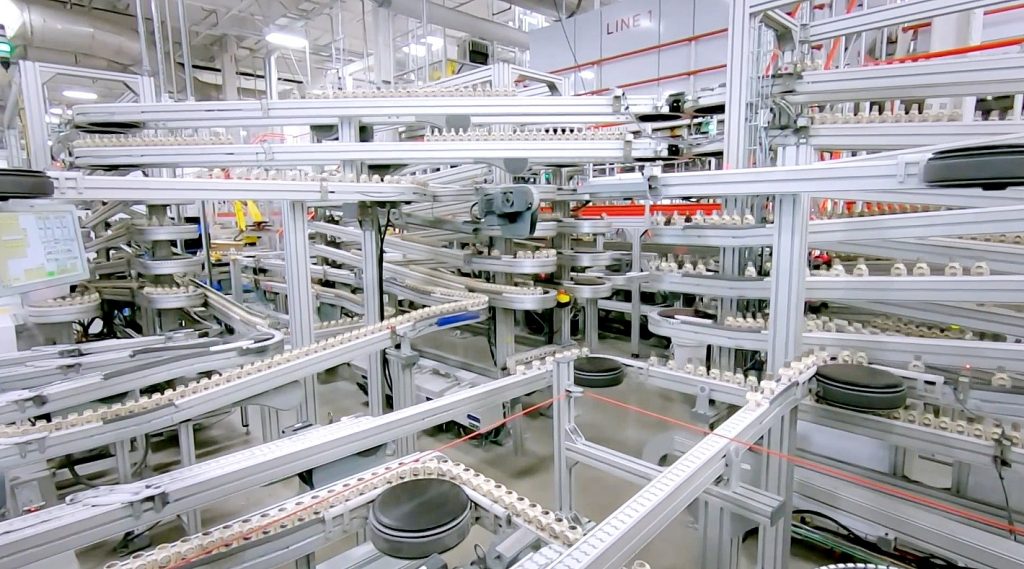
As noted in a Financial Times report, Panasonic and Tesla clashed over the years, and these tensions reportedly manifested themselves when the Japanese firm decided to not invest in Gigafactory Shanghai. This resulted in Tesla partnering with other suppliers like LG Chem and Contemporary Amperex Technology Co., Limited (CATL). Tesla has also announced plans to start producing its own 4680 tabless cells for its vehicles and energy storage products.
As the outgoing Panasonic CEO prepares to step down in June, his promise of running a “normal company” is leaving a bitter aftertaste to the company he will leave behind. Over the years, rivals such as Sony and Hitachi have gone on massive divestment initiatives to streamline their businesses. And while Panasonic has followed a similar path, executives continue to struggle to define what kind of company it is. Newly-appointed chief executive Yuki Kusumi, who is poised to succeed Tsuga, referenced this when he stated that Panasonic could achieve growth if it could optimize businesses that excelled in its portfolio, which currently stretches across a whopping 520 subsidiaries.
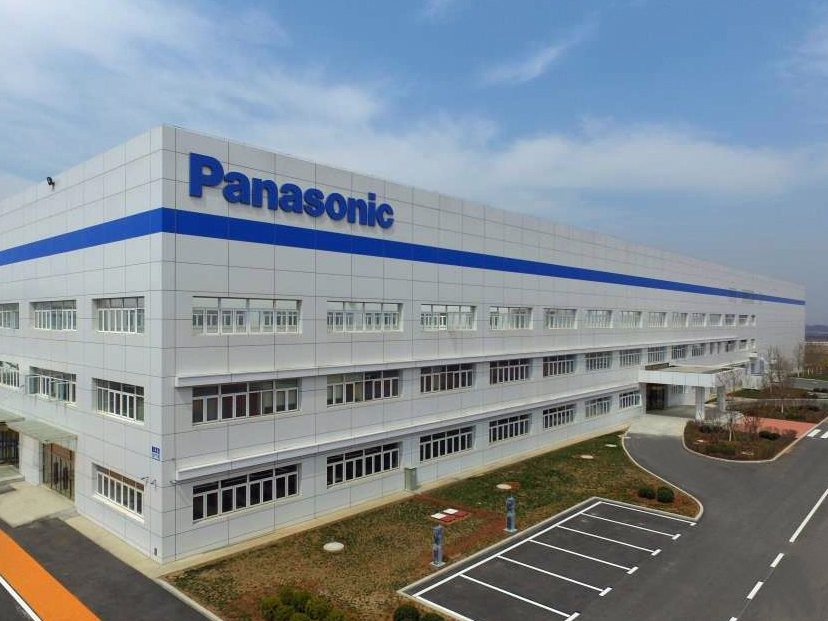
The outgoing Panasonic CEO, as a final departing measure, is hoping to change the company into a holding company structure, which is similar to a move that rival Sony will make around April. According to Panasonic, the shift, which is expected to be completed in 2022, could help accelerate decision-making across the conglomerate by running its units independently. Yet even this strategy poses challenges for Panasonic since unlike Sony, which has found its “core” in the games, films, animation, and the music segment, Panasonic’s “core” still seems unclear. This difference is evident when one looks at the two Japanese firms’ performance in the market. Sony has increased 78% since February while Panasonic has dropped 30%.
But things may be looking up for Panasonic. When he announced Panasonic’s shift to a holding company, Tsuga resurrected car batteries as a “core” by branding it as an “energy business.” Thanks in part to this, as well as the ongoing expansion of profitable projects like Gigafactory Nevada, Panasonic’s next CEO, Yuki Kusumi, would be taking control of a company that is in a much better financial position as the one handed over to his predecessor. As highlighted by the Financial Times, if Kusumi would like to usher in a revival or a breakthrough of sorts for Panasonic in the coming years, he would have to channel less of his predecessor’s “normal company” strategy and more of the boldness characteristic of partners like Tesla.
Markets like the battery industry are only just heating up, after all. While Tesla has stated that it intends to keep and grow its partnership with suppliers like Panasonic despite its own battery production plans, competitors like LG Chem and CATL are not sitting out the next few years. LG has even posted a bold challenge of sorts to the Japanese conglomerate recently, with the South Korean firm stating that it has every intention to become Tesla’s main battery supplier in the near future, effectively taking Panasonic’s place. With some Elon Musk-style boldness, however, perhaps Panasonic could still keep its lead in the battery sector, and perhaps even increase its reach in the growing EV segment.

News
Xpeng CEO: Tesla FSD 14.2 has developed “near-Level 4” performance
While acknowledging that imperfections remain, the Xpeng CEO said FSD’s current iteration significantly surpasses last year’s capabilities.

Xpeng CEO He Xiaopeng has offered fresh praise for Tesla’s Full Self-Driving (FSD) system after revisiting Silicon Valley more than a year after his first hands-on experience.
Following extended test drives of Tesla vehicles running the latest FSD software, He stated that the system has made major strides, reinforcing his view that Tesla’s approach to autonomy is indeed the proper path towards autonomy.
Tesla FSD closing in on Level 4 driving
During his visit, He test-drove a Tesla equipped with FSD V14.2. He also rode in a Tesla Robotaxi. Over roughly five hours of driving across Silicon Valley and San Francisco, He said both vehicles delivered consistent and reassuring performance, a notable improvement from his experience a year earlier.
According to He, Tesla’s FSD has evolved from a smooth Level 2 advanced driver assistance system into what he described as a “near-Level 4” experience in terms of capabilities. While acknowledging that imperfections remain, the Xpeng CEO said FSD’s current iteration significantly surpasses last year’s capabilities. He also reiterated his belief that Tesla’s strategy of using the same autonomous software and hardware architecture across private vehicles and robotaxis is the right long-term approach, allowing users to bypass intermediate autonomy stages and move closer to Level 4 functionality.
He previously tested Tesla’s FSD V12.3.6 and Waymo vehicles in California in mid-2024, noting at the time that Waymo performed better in dense urban environments like San Francisco, while Tesla excelled in Silicon Valley and on highways.
Xpeng’s ambitious autonomy roadmap and internal challenge
The Silicon Valley visit also served as a benchmark for Xpeng’s own autonomy ambitions. He stated that Xpeng is looking to improve its VLA autonomous driving system to match the performance of Tesla’s FSD V14.2 within China by August 30, 2026. Xpeng is poised to release its VLA 2.0 smart driving software next quarter, though He cautioned that the initial version will not be able to match FSD V14.2’s capabilities, as noted in a CNEV Post report.
He also added a personal twist to the goal, publicly challenging Xpeng’s autonomous driving team. If the performance target is met by the 2026 deadline, the CEO stated that he will approve the creation of a Chinese-style cafeteria for Xpeng’s Silicon Valley team. If not, Liu Xianming, head of Xpeng’s autonomous driving unit, has pledged to run naked across the Golden Gate Bridge, He noted.
News
Another Tesla Model 3 variant sold out for January 2026 in China
A look at Tesla China’s order page shows that new Model 3 LR RWD orders now have an estimated delivery date of February 2026.
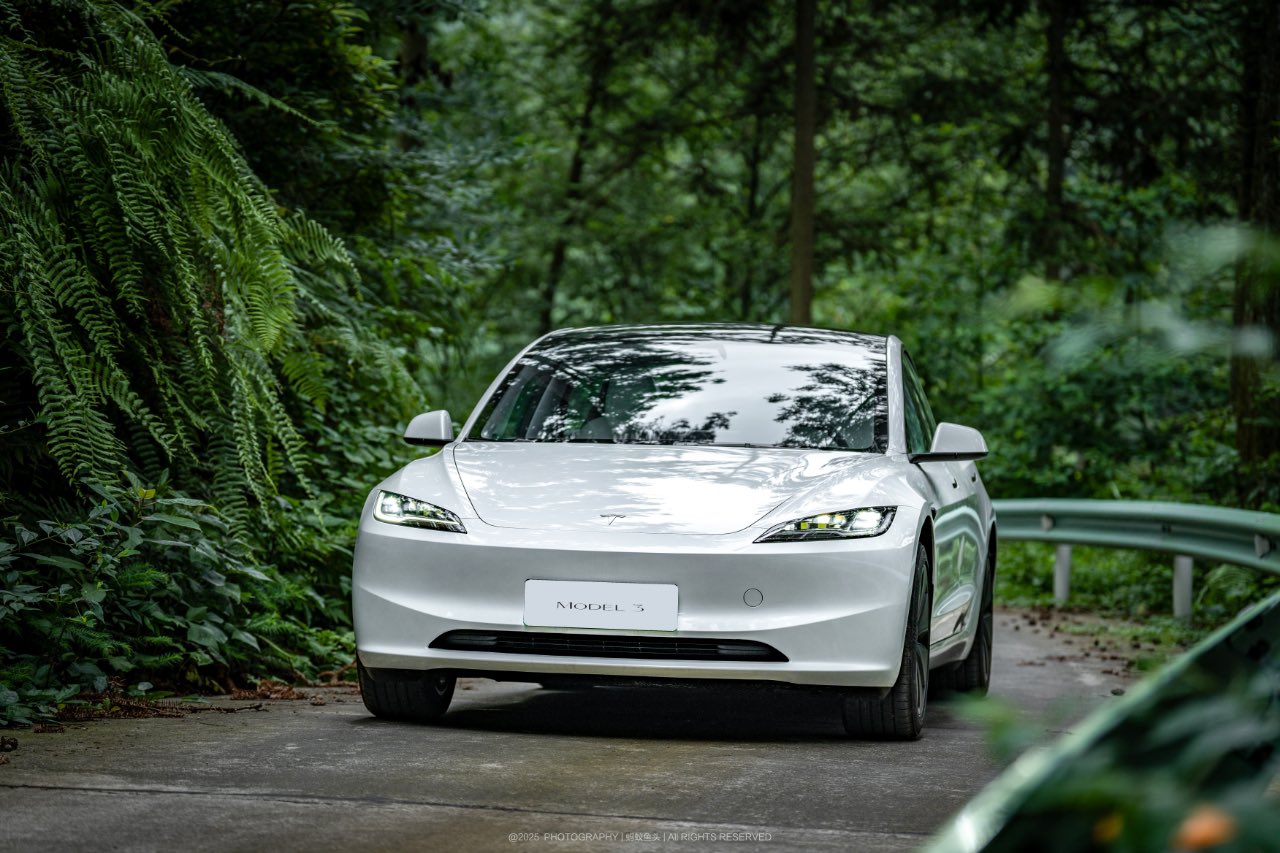
Another Tesla Model 3 variant in China appears to have sold out for January 2026, with the vehicle now showing an estimated delivery date of February 2026 for new orders. This bodes well for the all-electric sedan, which has maintained notable sales despite more affordable rivals like the Xiaomi SU7 and its crossover sibling, the Model Y.
Model 3 LR RWD joins February 2026 queue
A look at Tesla China’s order page for the all-electric sedan shows that new Model 3 Long Range Rear Wheel Drive orders now have an estimated delivery date of February 2026. Priced from RMB 259,500 ($36,810), the LR RWD sits as the second-lowest-priced trim in Tesla China’s four-variant Model 3 lineup. The move follows a similar delivery timeframe for the Model 3 Performance, which remains the most expensive option for the vehicle, as noted in a CNEV Post report.
The estimated delivery dates of the two remaining Model 3 variants remain unchanged for now. The base RWD version, starting at RMB 235,500, and the LR AWD variant, priced from RMB 285,500, both continue to list estimated delivery times of 4-6 weeks. Tesla China, for its part, has continued to list in-stock Model 3 vehicles and is actively encouraging buyers to select inventory units for delivery before the end of the year.
Model Y delays and policy shifts
Delivery timelines for the Model Y in China are also stretching into 2026. All customized Model Y variants now show February 2026 as their estimated delivery date, except for the entry-level version, which still lists January 2026. Tesla has been urging customers since November to prioritize purchasing inventory vehicles, a push aimed at maximizing year-end deliveries.
Timing matters for Chinese buyers due to upcoming changes in government incentives. China’s new energy vehicle purchase tax exemption will be scaled back in 2026, which means customers who take delivery next year could face higher tax costs compared to those who are able to receive vehicles before the end of the year.
As per data from the China Passenger Car Association, Tesla recorded retail sales of 73,145 vehicles in November, down 0.47% year over year. From January through November, Tesla’s retail sales in China totaled 531,855 units, a 7.37% year-over-year drop.
News
Wedbush’s Dan Ives sees ‘monster year’ ahead for Tesla amid AI push
In a post on X, the analyst stated that the electric vehicle maker could hit a $3 trillion market cap by the end of 2026 in a bullish scenario.

Wedbush analyst Dan Ives is doubling down on Tesla’s (NASDAQ:TSLA) long-term upside. In a post on X, the analyst stated that the electric vehicle maker could hit a $3 trillion market cap by the end of 2026 in a bullish scenario, thanks to the company’s efforts to develop and push its artificial intelligence programs.
An aggressive valuation upside
Ives, Wedbush’s global head of tech research, stated in his post that Tesla is entering a pivotal period as its autonomy and robotics ambitions move closer to commercialization. He expects Tesla’s market cap to reach $2 trillion in 2026, representing roughly 33% upside from current levels, with a bull case up to a $3 trillion market cap by year-end.
Overall, Ives noted that 2026 could become a “monster year” for TSLA. “Heading into 2026, this marks a monster year ahead for Tesla/Musk as the autonomous and robotics chapter begins. We believe Tesla hits a $2 trillion market cap in 2026 and in a bull case scenario $3 trillion by end of 2026… as the AI chapter takes hold at TSLA,” the analyst wrote.
Ives also reiterated his “Outperform” rating on TSLA stock, as well as his $600 per share price target.
Unsupervised Full-Self Driving tests
Fueling optimism is Tesla’s recent autonomous vehicle testing in Austin, Texas. Over the weekend, at least two Tesla Model Ys were spotted driving on public roads without a safety monitor or any other occupants. CEO Elon Musk later confirmed the footage of one of the vehicles on X, writing in a post that “testing is underway with no occupant in the car.”
It remains unclear whether the vehicle was supported by chase cars or remote monitoring, and Tesla has not disclosed how many vehicles are involved. That being said, Elon Musk stated a week ago that Tesla would be removing its Safety Monitors from its vehicles “within the next three weeks.” Based on the driverless vehicles’ sightings so far, it appears that Musk’s estimate may be right on the mark, at least for now.








